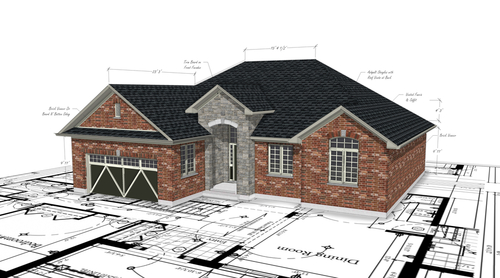The size of the average home has been increasing over the past three decades, with usable floor space rising from 91.39 m² in the 1990s to 96.48 m² in the 2020s, new analysis shows.
The increases could reflect home owners adding home offices, loft conversions and extensions to maximise their property’s footprint as house prices have soared.
Average property prices have jumped by 349% over the same timeframe from £55,778 in the 1990s to £250,346 in the 2020s, according to broadband and digital services company SmartMove, which carried out the research.
This boom in prices followed a sharp increase of 249% over the 1980s alone, when the Thatcher’s government’s Right to Buy scheme put many more people on the housing ladder.
Income growth has been steady but slower than house prices.
Average weekly income grew from £289 in the 1990s to £772 in the 2020s, while household savings rates fluctuated, dropping during the 2000s and 2010s but rising again this decade.
SmartMove moving expert Jes Johnson says: “Housing affordability in the UK is a multifaceted challenge that requires both careful market analysis and proactive policymaking.
“The steep rise in house prices during the 1970s and 1980s can be attributed to inflationary pressures and housing policies like Right to Buy, which, while empowering many to own homes, simultaneously tightened supply and increased demand.
“Though incomes have risen steadily, they have not kept pace with housing costs, making affordability an issue for many, especially first-time buyers.
“The trend of increasing home sizes since the 1990s indicates evolving consumer preferences for more spacious, versatile living spaces, a shift accelerated by remote work demands.
“However, land scarcity and planning regulations have tempered this growth somewhat in recent years.”
The news comes as UK Finance calls for more action to boost homes’ energy efficiency through green upgrades.


